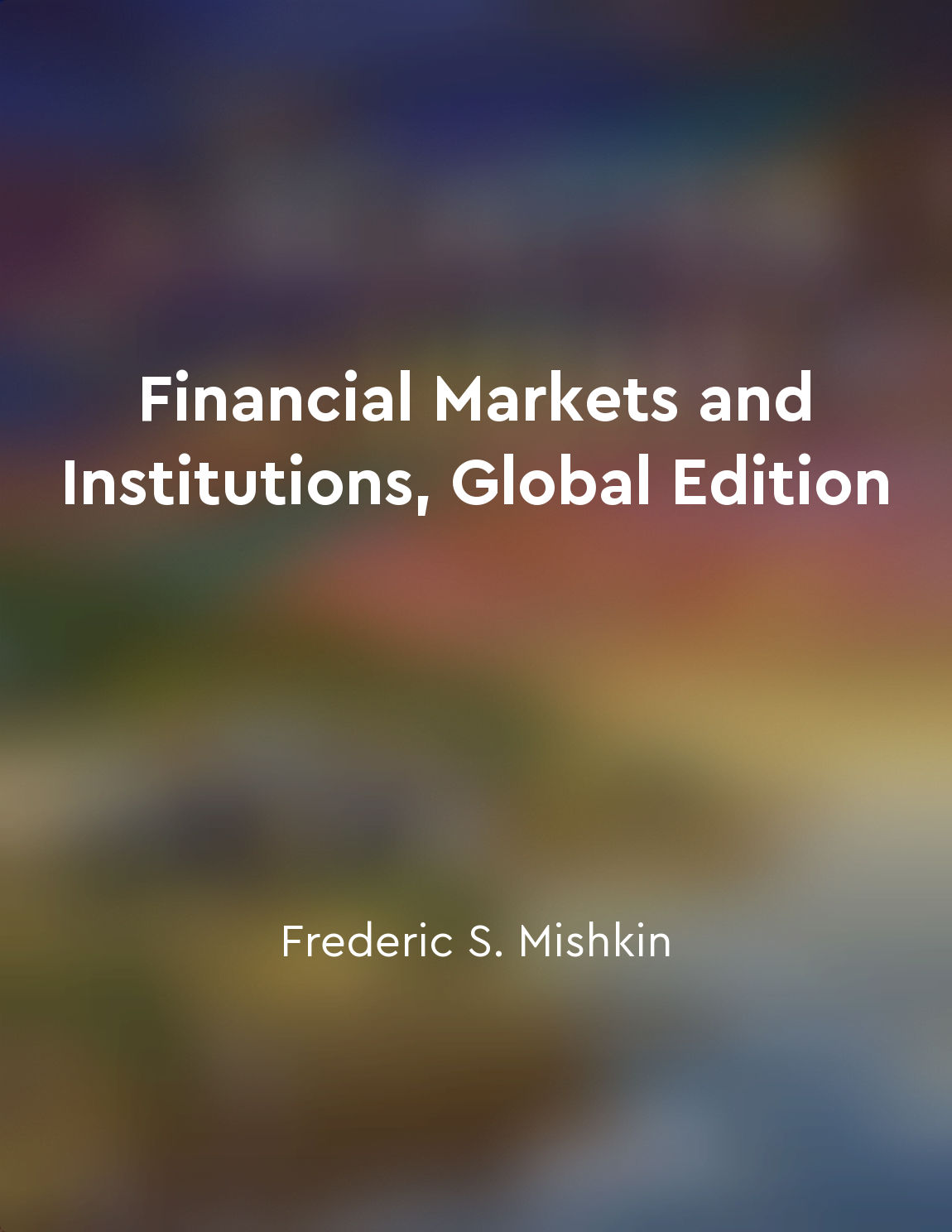Risky investments and toxic assets from "summary" of Too Big to Fail by Andrew Ross Sorkin
The financial crisis of 2008 was fueled by a variety of risky investments and toxic assets that were deeply intertwined with the collapse of major financial institutions. These investments, which included subprime mortgages, collateralized debt obligations, and credit default swaps, were seen as lucrative opportunities for many banks and hedge funds in the years leading up to the crisis. Subprime mortgages, in particular, played a significant role in the downfall of the housing market and the subsequent financial crisis. These loans were often given to borrowers with poor credit histories and low incomes, making them much more likely to default on their payments. As more and more subprime mortgages defaulted, the value of mortgage-backed securities that were tied to these loans plummeted, causing widespread panic in the financial markets. Collateralized debt obligations (CDOs) were another risky investment that contributed to the crisis. These complex financial products were created by bundling together various types of debt, including subprime mortgages, and selling them to investors. The problem arose when the underlying assets in these CDOs began to default at alarming rates, causing the value of t...Similar Posts
Market volatility persisted
The characteristic of market volatility persisted is particularly notable during the time surrounding the Great Crash of 1929. ...
Financial market collapse is inevitable
The financial world is a complex and at times incomprehensible place. Trillions of dollars change hands every day, based on the...
Innovation does not come from the free market
The idea that innovation does not come from the free market may sound counterintuitive at first. After all, the prevailing beli...

Market contagion can spread rapidly during times of uncertainty
During periods of uncertainty, market contagion has the potential to spread rapidly across financial markets. This phenomenon o...

Steve Eisman's skepticism proved to be wellfounded
In the years leading up to the financial crisis of 2008, Steve Eisman had grown increasingly skeptical of the stability of the ...
Skeptics uncover the truth behind toxic assets
The skeptics in the financial world are the ones who dare to question the status quo, to challenge the prevailing wisdom. They ...
Banks suffered financial strain
The calamity that overtook banks in the late 1920s was not just a localized problem. It was a symptom of a broader malaise that...
